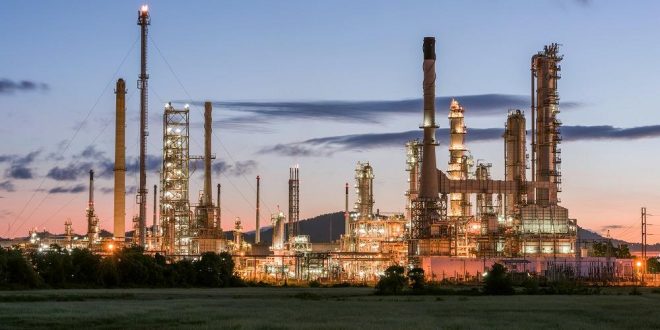One of the most adaptable building materials is stainless steel sheet metal.
It’s not only long-lasting and cost-effective, but it’s also rather simple to work with. It can be used in a wide range of projects, from large industrial applications to complex electronics applications, and everything in between.
Here is everything you need to know about dealing with stainless steel in sheet metal fabrication applications:
Properties of Stainless Steel 441 Sheets
A steel alloy with at least 10.5 percent chromium is known as stainless steel. The anti-corrosion and anti-staining qualities of the metal are due to the chromium concentration. The actual chromium content, as well as the carbon content and the content of other metals, vary depending on the steel’s intended usage.
It’s worth noting that stainless steel isn’t totally resistant to corrosion or stains. The metal’s resistance is determined by its composition, and certain chemicals can harm the metal regardless of its composition. Stainless steel, on the other hand, has some of the highest corrosion and stain resistance available, especially when you consider its other benefits (aesthetics, durability, etc.).
Stainless steel sheet metal can be quite thin, but it must be at least 14 inches thick to qualify as “sheet metal”; after that, the metal is referred to as “plate.” A gauge is used to determine the thickness of stainless sheet metal. The thinner the sheet, the greater the gauge number.
To measure your material, you can refer to sheet metal sizing charts and utilize a gauging tool.
Stainless steel sheet metal is available in a variety of configurations, each with its own set of benefits and drawbacks. Although different manufacturers offer varying grades, finishes, and sizes, the types are generally the same. These kinds of people include:
- 200 Series Austenitic –Chromium, carbon, manganese, and/or nickel are used in this series. This series can be hardened, however, one disadvantage is that it is not corrosion-resistant.
- 300 Series Austenitic –Austenitic stainless steel accounts for almost 70% of all stainless steel manufactured between the 200 and 300 series. Of all stainless steel types, the 300 series is the most ductile, weldable, and corrosion-resistant. 304 stainless steel, often known as A2 stainless steel, is the most common grade. Because of the 18 percent chromium and 8 percent nickel composition, 304 is also known as 18/8.
- Martensitic – This type is extremely robust and easy to process, however it is less corrosion resistant.
- Ferritic – Ferritic stainless is preferred for its ease of engineering, but it is less corrosion-resistant than austenitic stainless.
- Duplex – The austenitic and ferritic content of this up-and-comer is roughly 50/50. It’s rough twice as strong as austenitic steel.
For more info visit- Stainless Steel 441 Sheets
Published by- stridepost.com
 Stride Post Latest News
Stride Post Latest News




